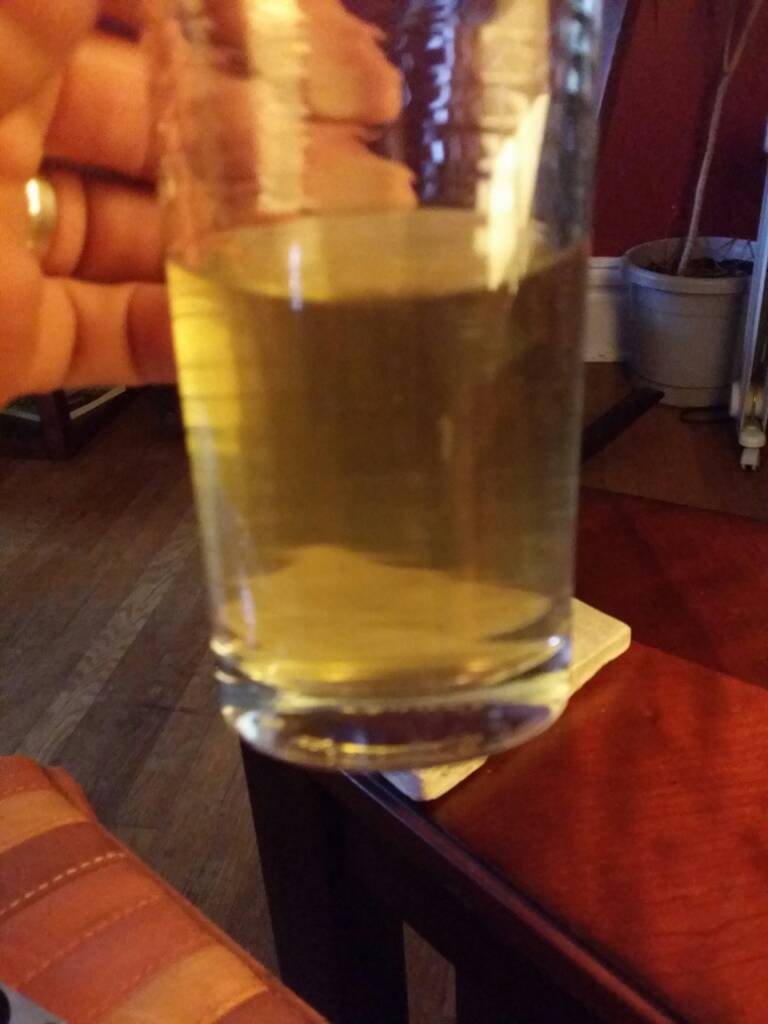shaunramseygriffin
Active Member
- Joined
- Sep 17, 2014
- Messages
- 38
- Reaction score
- 1
Yes sir. In the initial mix and a sugar cube per bottle










![Craft A Brew - Safale S-04 Dry Yeast - Fermentis - English Ale Dry Yeast - For English and American Ales and Hard Apple Ciders - Ingredients for Home Brewing - Beer Making Supplies - [1 Pack]](https://m.media-amazon.com/images/I/41fVGNh6JfL._SL500_.jpg)

So if I used cider from an orchard and not apple juice then I shouldn't add any more sugar?
Yeah it tastes fine but flat. All of my carboys and equipment were purchased brand new as well as my capper. The caps are new too so I doubt there were any leaks.
And when you say increase the gravity you are talking about sugar levels right ? Sorry, I am still new to this. Thanks
